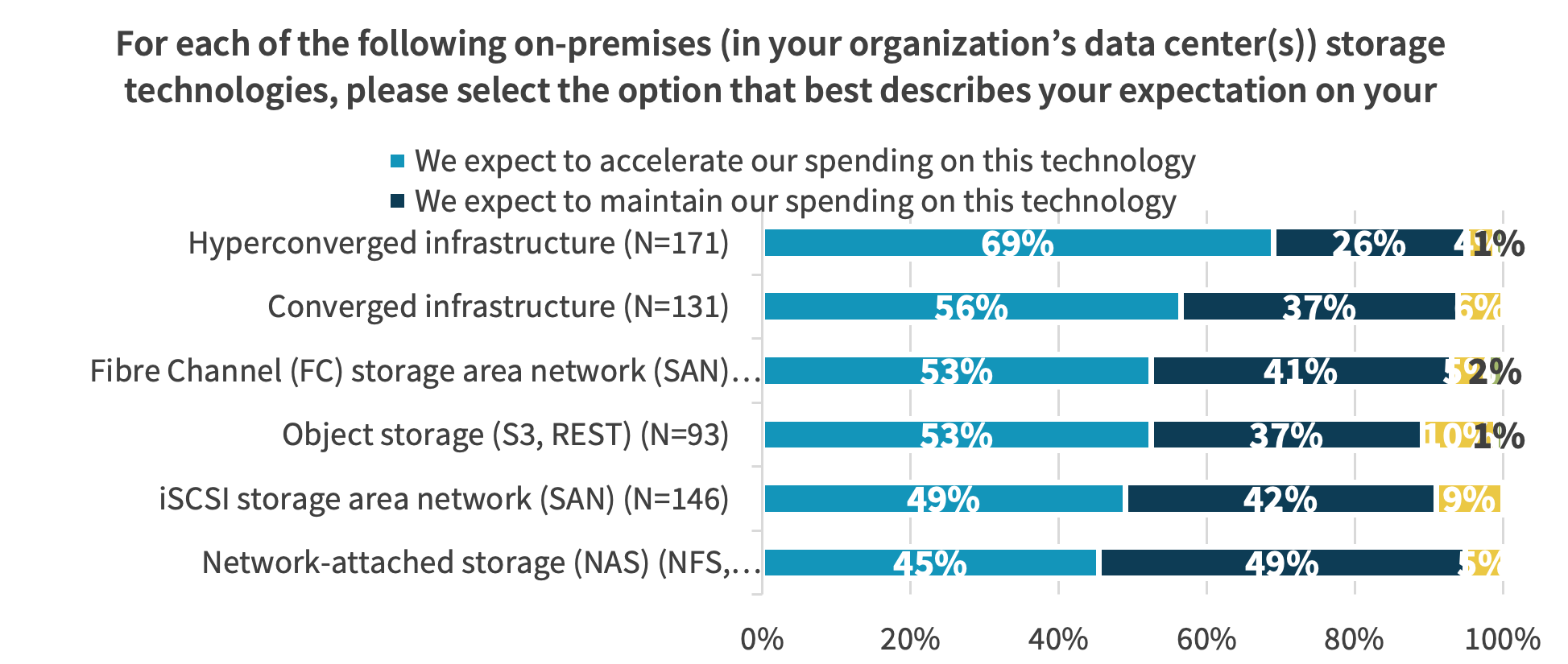 The world is complex. When looking at today’s already complex world, it seems as though complexity continues to grow day by day. No industry understands complexity better than the healthcare industry. Rules, compliance, and regulation are only the tip of the iceberg when it comes to dealing with day-to-day challenges. The fluctuations of and increasing demands on healthcare systems around the world continue to grow everywhere throughout the industry at large hospitals, remote satellite sites, or a combination of both. The ability to pass patient data from location to location can often mean the difference in saving lives.
The world is complex. When looking at today’s already complex world, it seems as though complexity continues to grow day by day. No industry understands complexity better than the healthcare industry. Rules, compliance, and regulation are only the tip of the iceberg when it comes to dealing with day-to-day challenges. The fluctuations of and increasing demands on healthcare systems around the world continue to grow everywhere throughout the industry at large hospitals, remote satellite sites, or a combination of both. The ability to pass patient data from location to location can often mean the difference in saving lives.
Growth of systems
With this spike in growth, healthcare facilities are looking to evolve and adapt to the changing landscape. Adding modular systems to address the ebbs and flows of workloads is the key to successfully being able to dynamically adjust to meet the growing needs. Enter hyper-converged infrastructure (HCI).
To reduce complexity, HCI tends to be a “go-to” offering. For example, in a recent ESG survey, 69% of IT professionals indicated that they planned to accelerate their spending on HCI offerings.

HCI adoption is also growing across organizations. Historically, HCI solutions were focused on certain areas of the business; however, as processing and compute resource allocation become more important at location, organizations are implementing HCI in:
- The data center for workloads (to simplify operations and boost performance).
- Edge locations (to provide flexibility for configurations options and multi-site management).
- Hybrid cloud deployments (to enable data sovereignty and container management).
75% of survey respondents stated that their IT environments are more complex than they were just two years ago.
Source: ESG Research Report, 2021 Technology Spending Intentions Survey, January 2021.
Solving modern business challenges
Cisco recognizes this challenge of IT complexity in healthcare. In fact, the latest version of the Cisco Hyperflex system provides a modern approach to address the challenges in healthcare as well as overall hyper-converged infrastructure needs, including the increased ability to scale, to manage growth in data volume, and to handle higher workload demands on the IT infrastructure. HyperFlex, in combination with Cisco Intersight, allows for easier operational management and visibility to enable healthcare systems to seamlessly scale and grow. This dynamic approach is important to modern application deployment and delivery. Combining this with Cisco Plus (pay-as-you-go), HCI can be delivered as a consumption-based approach, adding resources as needed to address the business needs.
And with healthcare specifically, Cisco HyperFlex flexibility scaling is easily matched with resources in systems like Epic applications. The Intel Optane technology provides accelerated performance for Epic and the Intersystems cache database. It is very powerful and interesting to see this evolution.
Paul’s POV
Healthcare is a challenging market. Cisco has responded with the ability to provide flexibility, scalability and security while addressing privacy and data sovereignty concerns. This is an always-changing market, and it is in Cisco’s best interest to stay on top of it like they did with the recent release of the Cisco Hyperflex. I have been impressed watching this offering come to market and will watch closely to see how the market responds to Cisco’s approach.







